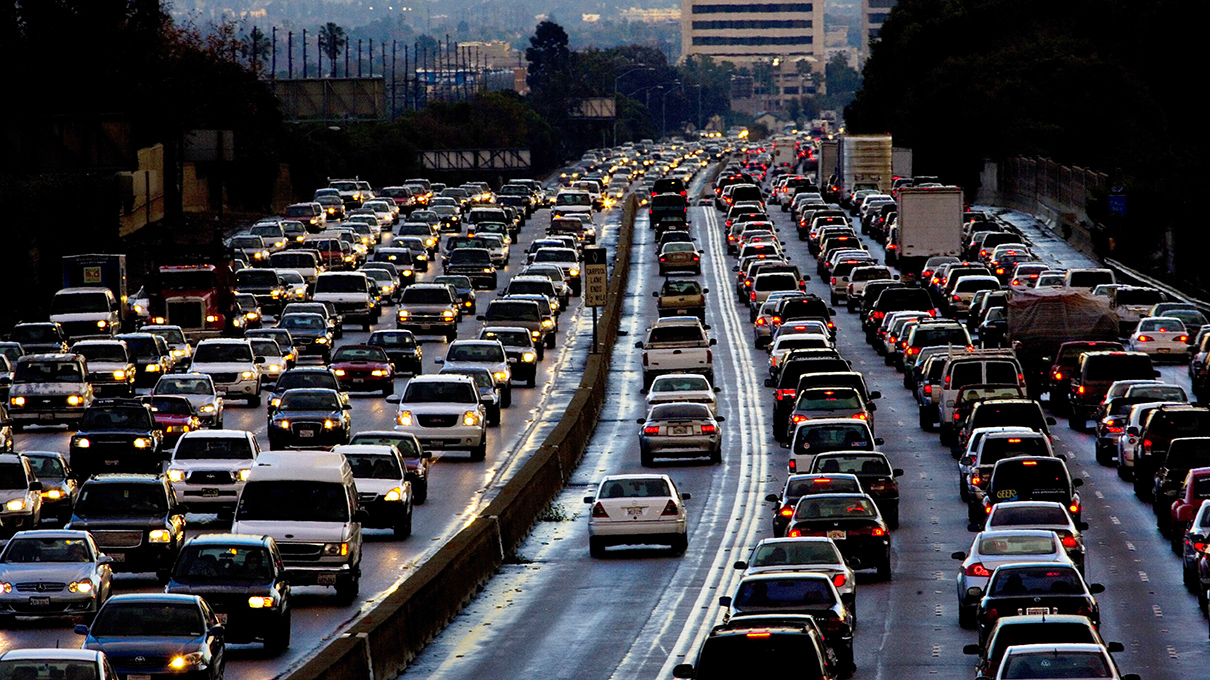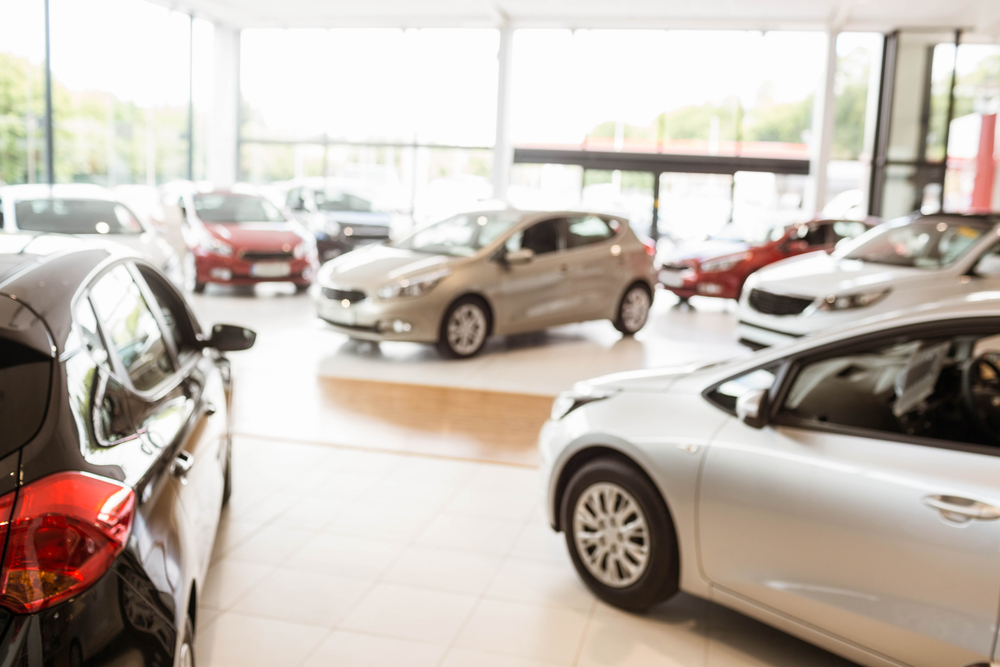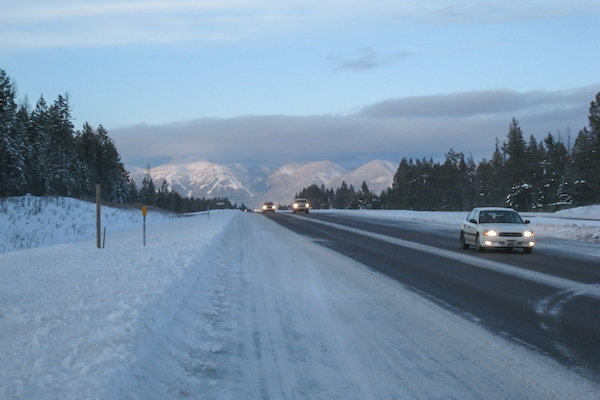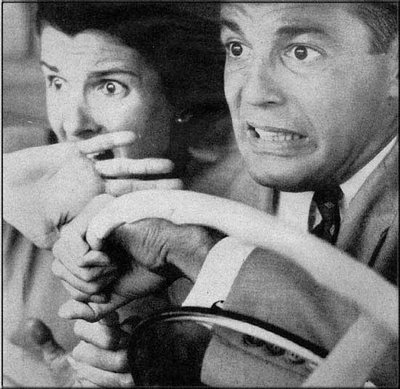The Cure to Traffic Congestion — Self-Driving Taxis New Study Finds

No one likes being stuck in traffic. It’s frustrating, tedious, and a waste of valuable time. What if someone told you that there’s a solution to your city’s traffic congestion problem?
That’s exactly what a new MIT study found.
Before diving into the details, a harder look needs to be taken at the problem of traffic congestion. The consequences in the aggregate are much more serious than an inconvenience.
The Cost of Traffic Congestion
“In 2013, traffic congestion robbed the US economy of $124 billion”, argues a report by the Centre for Economics and Business Research (Cebr) and INRIX. “Without significant action to alleviate congestion, this cost is expected to increase 50% to $186 billion by 2030.”
The cumulative cost by 2030, will be a whopping $2.8 trillion. That’s not all the study found. Other key findings of the research include:
- The annual cost of traffic for each American household is $1,700 today. This cost is expected to rise approximately 33% to $2,300 in 2030.
- The monetary value of carbon emissions caused by vehicles idling in traffic in 2013 was $300 million. By 2030, this is expected to rise to $538 million, totaling $7.6 billion over the 17-year period.
The problem is worse abroad. According to the 2016 Tom Tom Traffic Index, Mexico City has arguably the worst traffic congestion problem in the world. Drivers spend around 97% extra time during the morning hour, and 94% extra time during the evening to arrive at their destinations.
“The city’s vehicle operators have been recorded to have spent a travel time of almost 219 hours of extra time in traveling through traffic each year”, comments WorldAtlas.com.
Self-driving, Ride-sharing Cabs to the Rescue
Daniela Rus, professor of MIT Computer Science and Artificial Intelligence Laboratory (CSAIL), developed algorithms demonstrating that New York’s traffic congestion problem could be solved with self-driving cars and car-pooling.
3,000 vehicles (there are over 13,000 on the roads today) are what’s needed to effectively serve 98% of the taxi demand, and create a 75% reduction in taxi traffic in the city.
“A system like this could allow drivers to work shorter shifts, while also creating less traffic, cleaner air, and shorter, less stressful commutes,” Rus told MIT’s Adam Conner-Simons.
1% of the U.S. GDP is wasted on traffic congestion every year the study found. That’s around $1.21 billion that could be put towards more productive uses.
Taxi and Limo Drivers Hold Out
The solution proposed in the study is not without opponents.
The Upstate Transportation Association, a lobbying group for taxi and limo drivers, recently sent a letter to the New York governor concerning self-driving vehicles.
The letter requested that the state of New York ban self-driving cars for at least 50 years, their argument being that the technology hurts jobs.
What the letter requests may be too little too late as it’s been estimated that 10 million self-driving cars will be on the road as early as 2020.
Traffic congestion is a world-wide problem. And far from being just an inconvenience, it costs cities billions annually. Self-driving, ride-sharing transportation could be the cure. There’ll be some growing pains when the technology is adopted, but the gains in regards to the financial health of cities, individual productivity, and environment are too much to ignore.






